Trump: “100% Tariff Without U.S. Plants” — Korean Semiconductor Industry on High Alert
Input
Modified
Trump’s Continued Threat of Punitive Tariffs on Semiconductors “Hand Over Equity,” “Invest More” — Relentless Pressure Korean Corporations: “Uncertainty in U.S. Market Deepens”
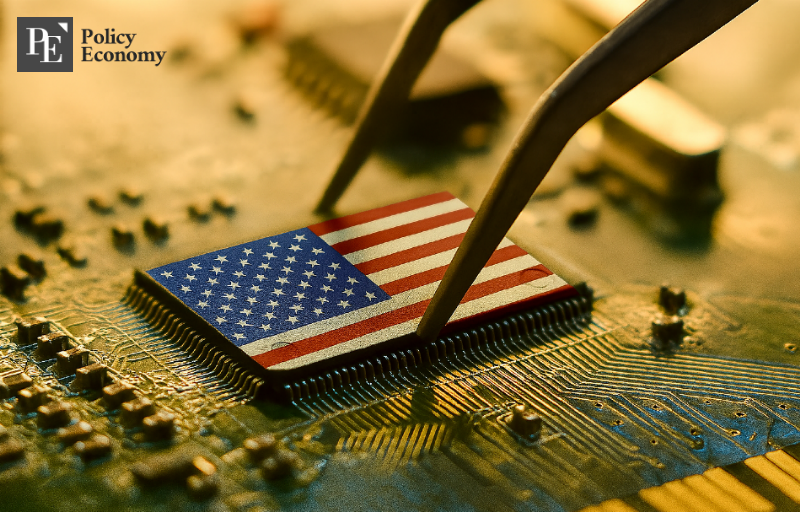
U.S. President Donald Trump, who recently conditioned tariff cuts on automobiles to suit only those nations that presented favorable investment proposals, is now wielding tariffs on semiconductors — South Korea’s flagship export — as a new weapon in his bulldozer-like campaign. Having previously floated the prospect of Washington acquiring equity stakes in chipmakers, and after excluding Samsung Electronics and SK Hynix’s Chinese plants from the “Validated End-User” (VEU) program, Trump has now raised the specter of 100% tariffs. The move underscores his intent to deploy every lever available — allies notwithstanding — to pressure global chipmakers into ramping up investment on U.S. soil.
Retroactive Penalties for Breaching U.S. Operating Commitments
According to Reuters on the 18th (local time), Trump stated on the 16th, before departing the White House for a state visit to the United Kingdom, that tariffs on semiconductors could be set even higher than those on automobiles. Asked whether lowering auto tariffs from 25% to 15% might harm American carmakers, Trump responded, “Chips can pay more,” adding, “Semiconductor margins are higher than autos.”
Sources cited by Reuters indicated that Trump is weighing a plan to impose import tariffs of up to 100% on foreign semiconductor firms that fail to operate U.S. fabs or renege on operational commitments. The measure would apply only to companies with no U.S. production base, with retroactive penalties also under review for broken promises. If implemented, chipmakers without domestic fabs would face tariffs as high as 100%. Given America’s low chip self-sufficiency and heavy reliance on overseas suppliers, companies delaying U.S. fab construction would inevitably incur massive financial burdens.
Samsung is currently expanding its Austin, Texas fab, while SK Hynix has announced plans for a new plant. Yet Washington remains focused on scrutinizing the “execution intent” of both firms’ commitments. A local securities industry source warned, “Unless Samsung and SK Hynix spell out the timing, scale, and financing of their investments, securing tariff exemptions will be highly uncertain.”
Trump’s Biweekly “Verbal Bombshells” Deepen Semiconductor Uncertainty
Trump had already raised the 100% tariff threat in early August, declaring plans to impose such duties on all imported semiconductors, before clarifying that firms producing domestically or with plans to do so would be exempt. Samsung and SK Hynix, both building U.S. fabs, breathed a sigh of relief — only for Trump to stoke anxiety again on August 19 by tying subsidies to equity stakes. The U.S. government awarded Intel subsidies in exchange for acquiring a 10% stake, and floated applying the same equity-linked model broadly. Amid backlash from foreign chipmakers, Washington softened the stance, stating that firms pledging expanded U.S. investment would be excluded from such equity demands.
In response, Seoul pledged during a bilateral summit to establish a $350 billion U.S. investment fund spanning shipbuilding, semiconductors, and artificial intelligence — a substantial gesture toward Washington. Yet the pressure did not abate. On August 29, the U.S. Commerce Department’s Bureau of Industry and Security (BIS) removed Samsung and SK Hynix’s Chinese affiliates from the VEU program, effectively restricting their operations in China.
As a result, beginning December 31, both companies will need individual U.S. government licenses for every shipment of American-made semiconductor equipment into their Chinese fabs. Samsung’s Xi’an facility accounts for about 40% of its NAND flash output, while SK Hynix’s Wuxi fab produces 40% of its DRAM and the Dalian fab about 30% of its NAND. Production disruptions appear inevitable.
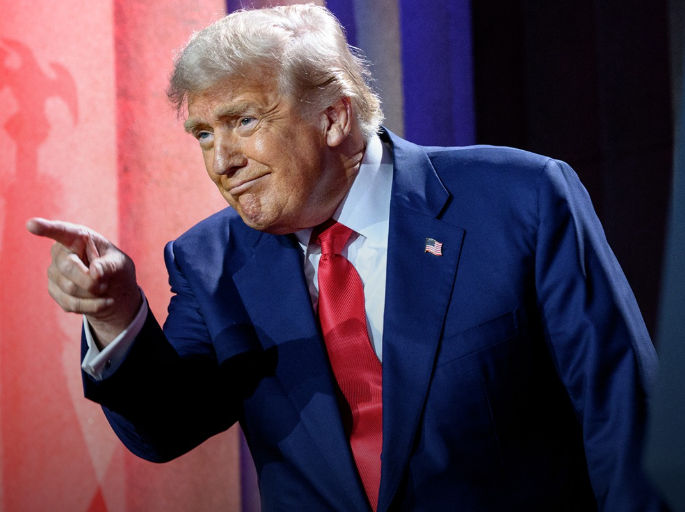
Intel and U.S. Firms Gain Favorable Position
The developments are widely seen as serving U.S. corporate interests. A technology sector source remarked, “Washington’s acquisition of a controlling stake in Intel reflects a plan to channel orders to U.S. firms. Knowing Samsung and TSMC won’t yield equity, the administration is using the threat to squeeze further investment.” Indeed, U.S. media reported that Trump’s administration intends to sustain Intel’s foundry business through its equity purchase. Intel CFO Dave Zinsner confirmed, “The government did not want us to spin off or sell the foundry.”
Nvidia’s decision to invest $5 billion in Intel equity underscores the shift toward a U.S.-centered semiconductor supply chain. According to Reuters, Nvidia agreed on the 19th to buy Intel common shares at $23.28 per share — below the prior day’s closing price of $24.90 but above the $20.47 per share Washington paid for its 10% stake. The deal will give Nvidia more than 4% ownership, making it a key shareholder.
Although the contract excludes Intel’s foundry business — viewed as central to the firm’s revival — any future partnership could escalate foundry competition, impacting Korean players and TSMC alike. TSMC risks losing Nvidia as a customer, while Samsung’s hopes of expanding foundry market share could diminish. Already locked in a head-to-head contest with TSMC, Samsung now faces the prospect of Intel rising as a third heavyweight rival, intensifying the battle for clients.

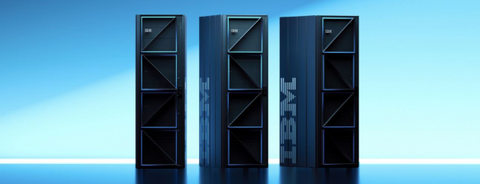




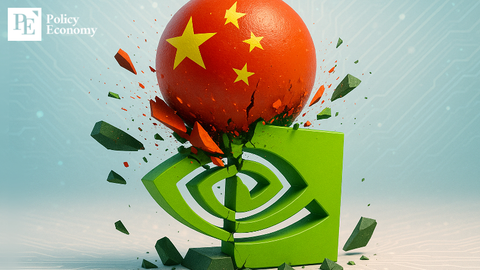
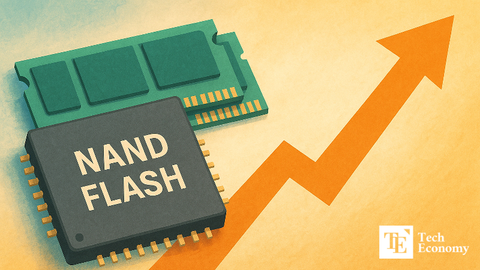













Comment